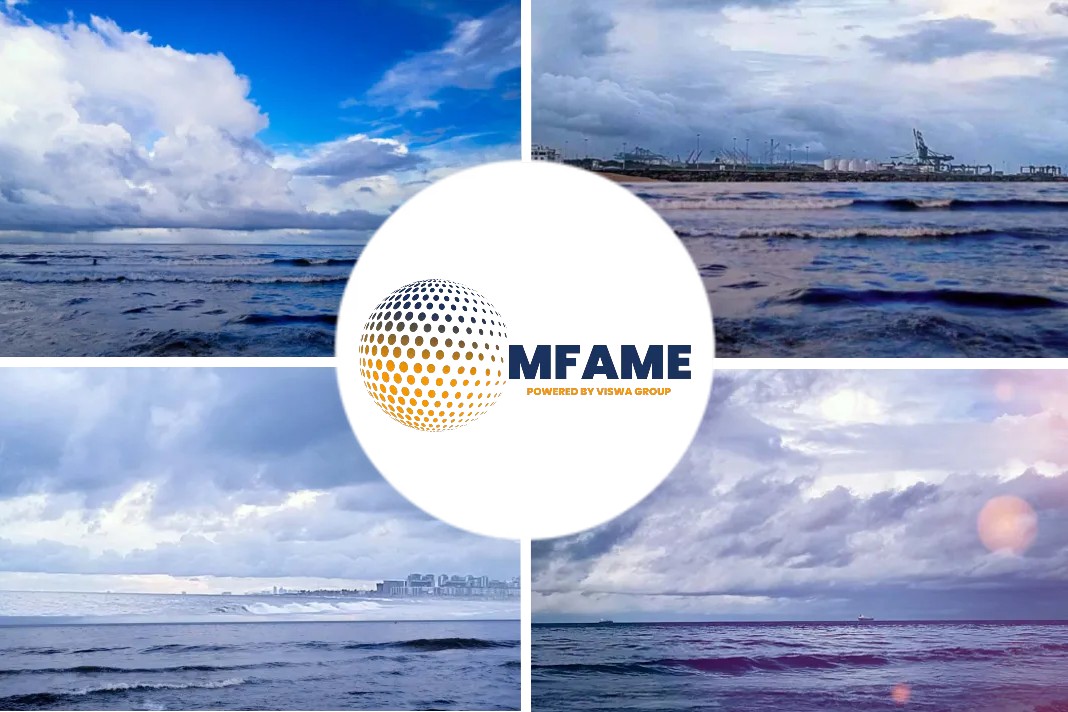Global VLSFO supply strengthened during August, while typical summer illiquidity set in, reports Platts.
Asia
The Asian low sulfur fuel oil market was unlikely to witness further significant downward pressure from prevailing levels. The market was indeed likely to garner support as trading gathers pace for second half September loading cargoes as regional refiners have been trimming output and Western arbitrage arrivals are expected to fall this month.
In the near term though, any significant upside would be capped due to a supply overhang carried over from August, traders said.
Singapore is expected to receive 900,000 mt-1.6 million mt of LSFO from the West in September, compared with around 2 million-2.2 million mt that is estimated to have landed in Singapore in August, traders said.
Going forward, the direction that the upstream Asian LSFO market would take will also be dictated by the upcoming seasonal refinery turnarounds and the refining margins for cleaner refined products, traders said.
The premium for Singapore marine fuel 0.5%S cargo over the Mean of Platts Singapore marine fuel 0.5%S assessments dropped to a more than nine-month low of $3.75/mt Aug. 31, the lowest since Nov. 5, 2021, when it was assessed at $2.17/mt, S&P Global Commodity Insights data showed.
The differential has slumped over 92% in August, having hit a record high of $85.81/mt July 14, Platts data showed. Valuations have slumped a bit too low given current underlying market fundamentals, and it should find support in upcoming trading sessions, traders said.
Reflecting a drop in the upstream cargo market, the downstream Singapore-delivered marine fuel 0.5%S bunker premium over benchmark Singapore marine fuel 0.5% cargo has averaged $42.48/mt in August, compared July’s average of $104.08/mt, Platts data showed.
Europe
Low sulfur fuel oil in Europe has seen prices fall in the month of August, with LSFO barge prices FOB Rotterdam falling 5.7% in the month, down $33.50/mt since Aug 1. Meanwhile, VLSFO prices have remained relatively stable throughout the month, up just 75 cents/mt in the month despite strong price gains seen at the start of August.
Tightness in the VLSFO markets saw prices rise $57.50/mt between Aug 4 to Aug 11, with prices then retreating for the remainder of the month as supply became more balanced.
Trading in both 0.5S and 1S fuel oil markets has been subdued due to the summer holiday season in Europe, however despite this, some 168,000 mt of 0.5% marine fuel traded during the Platts Market on Close assessment process in August, up from 100,000 mt in July.
The main buyer was Glencore, which accounted for 50% of traded volumes, followed by Mercuria with 22% and Peninsula at 20%, while the main sellers were Petroineos with 43% of the volume followed by Trafigura with 20%, with Mercuria and Shell both on 16%.
While supply of VLSFO is currently balanced in both the Mediterranean and Northwest Europe, market participants have noted that this may not remain for long.
“In general the 0.5% market seems well supplied, but we are going into turnaround periods soon so expect supply to drop” said one fuel oil trader.
US
US VLSFO became better supplied during August, particularly on the Gulf Coast, which was reflected in a plunging crack spread with Brent crude. The USGC marine fuel 0.5%S-Brent crack fell to $10.05/b from $19.22/b at the beginning of the month.
“Everyone has barrels and vacuum gasoil prices have come off,” one trader said.
Steady-but-soft demand in August allowed suppliers to build inventories, although this was not reflected in ending stocks reports from the US Energy Information Administration, likely due to tightness in the HSFO market.
“The 0.5% market is well supplied at the moment,” one trader said. “The market is definitely a lot softer now,” another trader echoed.
Illiquidity continued to characterize the US VLSFO market in August, particularly late in the month, due to mounting economic uncertainty and ongoing backwardated price structure.
Did you subscribe to our daily Newsletter?
It’s Free! Click here to Subscribe
Source: Platts






















